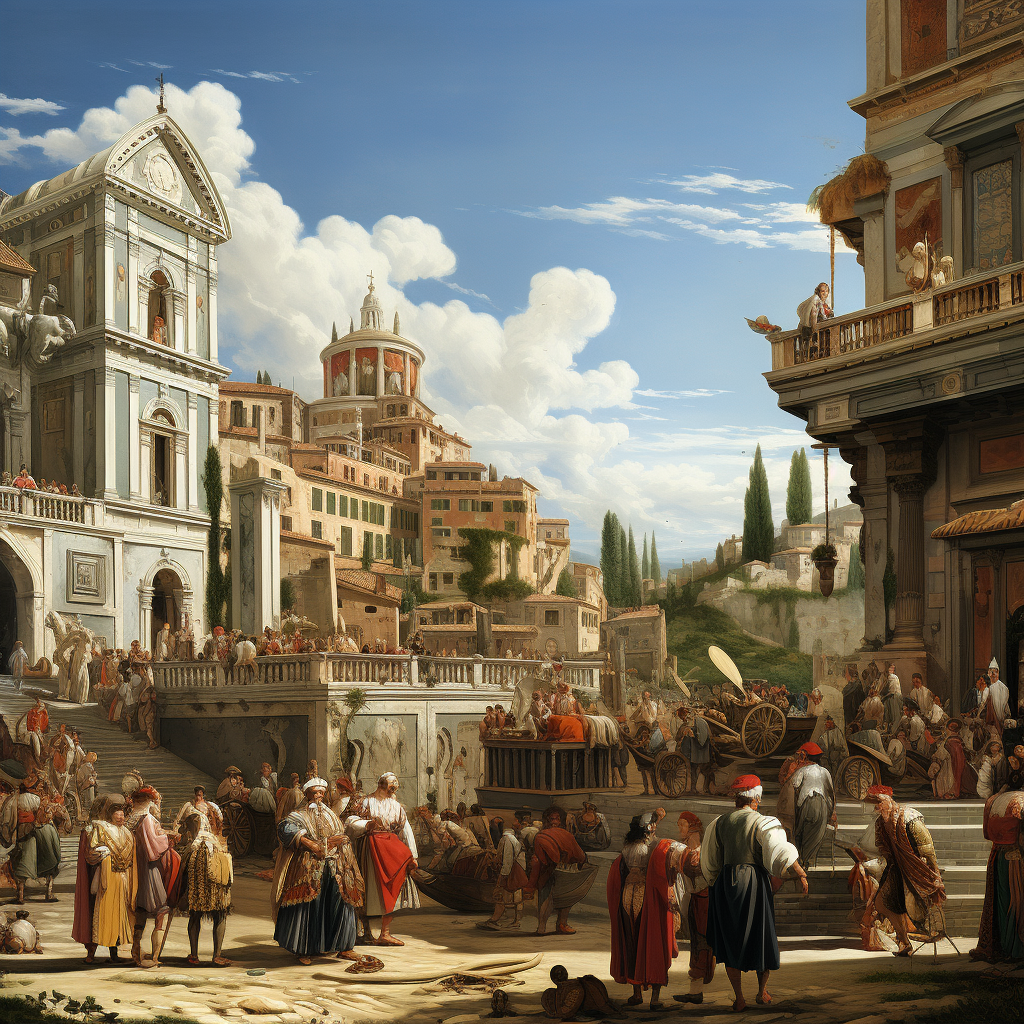Uncategorized
The Renaissance, Music at the service of the Word
The Renaissance, Music at the service of the Word
The fall of Constantinople in 1453 was a blow to Western civilization, its stability was now threatened by the unstoppable thrust of the Turkish Empire, capable of even besieging Vienna itself on two occasions and several decades later. As is known, the Ottomans would seize a considerable part of Eastern Europe, the entire continent trembled.
Although, fortunately, not all were misfortunes. The rediscovery of texts of classical antiquity that had been brewing slowly since the Middle Ages exploded definitively with the arrival of new Byzantine sages who escaped the destruction of their world. This decisive contribution is one of the causes that explain the new Renaissance sensibility.
Europe needed to reinvent itself, since the Albigensian crusade there by the thirteenth century nothing had been able to fill the void that this event had left in their culture, the culture of courtly love and Knight fights, that many call the true European culture. As it was dead, another one that had disappeared for centuries, that of the classical Greco-Latin antiquity, had to be resurrected, and that’s where the texts brought from Byzantium would play their part. We are witnessing the advent of humanism, a Platonist philosophy that places the human being at the epicenter of the world, the measure of all things.
How did this affect or influenced to music?
The most sumptuous medieval legacy could be summed up in the intricate Franco-Flemish polyphony, born of the Gregorian naked stone and profusely developed over the centuries. In this style, like the rigid feudal society that saw it born, each voice had a well-determined role. The “cantus firmus” created the whole work and used to be placed on the tenor, the bass towards harmonic sustain, the soprano carried the main melody and the altus was reduced to mere decorative stuffing.
From a modern optics, these works would sound cold and static, the music was pure geometry, more concerned with representing the eternity of the medieval universe than the evolution of life and human emotions. The change, although progressive, was definitively established at the end of the 15th century with Josquin Desprez and his contemporaries: Mouton, La Rue, Obrecht or Heinrich Isaac, all of them Franco-Flemish composers who worked or traveled through Italy and incorporated the humanistic principles into their works. Broadly speaking, the fundamental features of the new aesthetic could be summarized as follows:
– Music at the service of the word, explicit legacy of humanism, composers now worried that music would describe the text that was sung, now the important thing is to represent true human feelings.
– Greater care in the vertical combination of voices, which evolves towards a severe restriction in the treatment of dissonance.
– The use of cadences, which are now more clear and abundant, and a greater sensitivity towards tonal centers.
– Extensive use of the imitation between the voices.
– The Democratization of voices, none is above the other within the contrapuntal fabric.
All this leads to a more organic and modern sound, the music acquires more direction and expressiveness than that which had been practiced since the Middle Ages. We see how the Renaissance composers, in what refers to musical art, comes from an unprecedented symbiosis between the cold and brave Franco-Flemish polyphony and Italian humanism.
The Renaissance, Music at the service of the Word
#adultpianolessons #pianolessonslondon #pianoteacherslondon #musiclessonslondon #harpsichordlessonslondon

